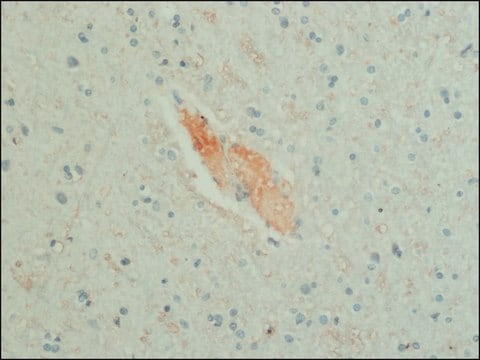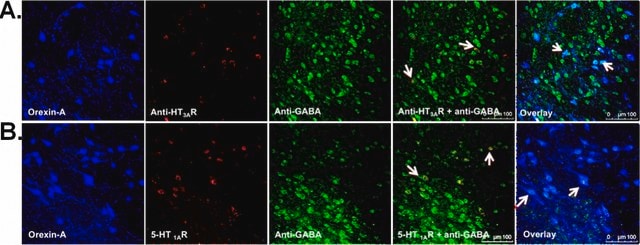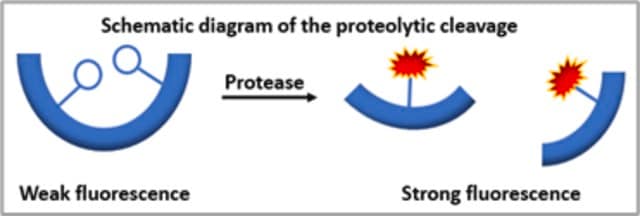MAB316
Anti-GABA Antibody, clone 5A9
clone 5A9, Chemicon®, from mouse
About This Item
Recommended Products
biological source
mouse
Quality Level
antibody form
purified antibody
antibody product type
primary antibodies
clone
5A9, monoclonal
species reactivity (predicted by homology)
mammals
manufacturer/tradename
Chemicon®
technique(s)
ELISA: suitable
immunohistochemistry: suitable
western blot: suitable
isotype
IgG1
shipped in
wet ice
target post-translational modification
unmodified
Gene Information
human ... GABRA1(2554)
Specificity
Immunogen
Application
Immunoblotting not recommended due to low molecular wgt: 103Da.
Optimal working dilution must be determined by the end user.
Neuroscience
Neurotransmitters & Receptors
Physical form
Storage and Stability
Analysis Note
Myeloblasts, lymphocytes, erythroblasts
Other Notes
Legal Information
Disclaimer
Not finding the right product?
Try our Product Selector Tool.
Storage Class
12 - Non Combustible Liquids
wgk_germany
WGK 2
flash_point_f
Not applicable
flash_point_c
Not applicable
Certificates of Analysis (COA)
Search for Certificates of Analysis (COA) by entering the products Lot/Batch Number. Lot and Batch Numbers can be found on a product’s label following the words ‘Lot’ or ‘Batch’.
Already Own This Product?
Find documentation for the products that you have recently purchased in the Document Library.
Our team of scientists has experience in all areas of research including Life Science, Material Science, Chemical Synthesis, Chromatography, Analytical and many others.
Contact Technical Service



![StreptaWell™ (transparent 96-well) pkg of 5 plates (11664778001 [12 x 8 well strips and frame]), pkg of 15 plates (11734776001 [96 wells])](/deepweb/assets/sigmaaldrich/product/images/120/082/4ba5a04b-f4d7-49e0-9467-40c6b3cbb9b0/640/4ba5a04b-f4d7-49e0-9467-40c6b3cbb9b0.jpg)




